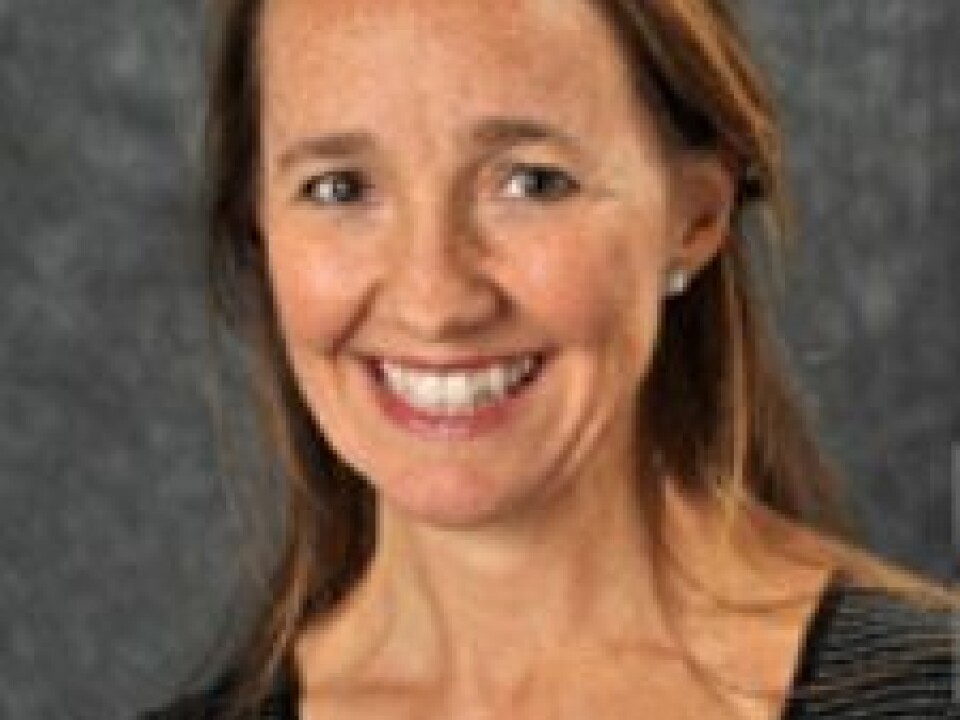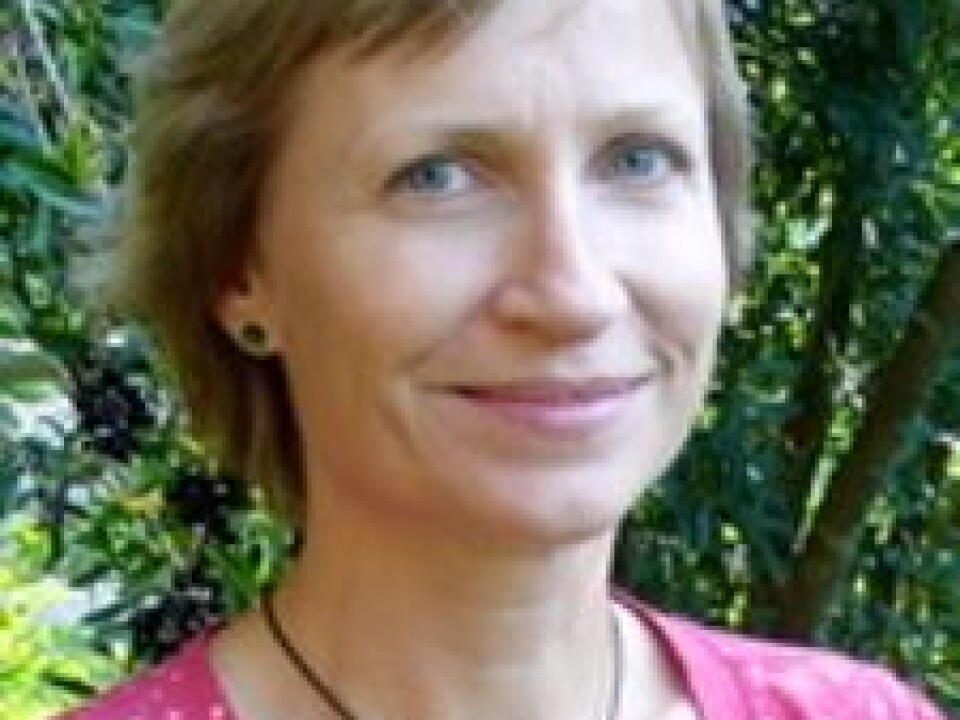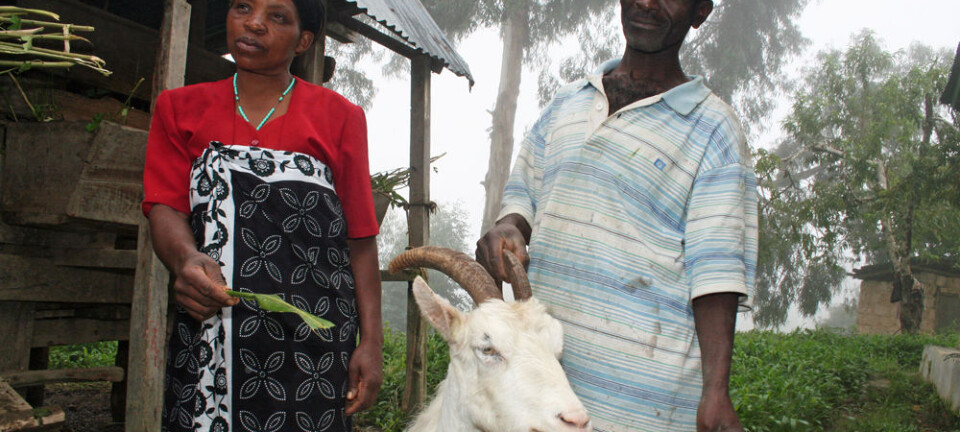An article from University of Oslo

Solar energy provides electricity in remote areas
A pilot project in Kenya shows that off-grid village centres providing electricity from solar energy may be a success.
Denne artikkelen er over ti år gammel og kan inneholde utdatert informasjon.
Researchers have established an energy centre in a village called Ikisaya in Kenya that provides the community with affordable and accessible basic lighting and electricity services.
The community driven center lends out lamps, offers mobile charging and hosts computer- and photocopying services, and has so far been a success.
"A large part of the population in Kenya live in areas where there are no access to electricity because they are too far from the national grid," says Tanja Winther, researcher at the Center for Development and the Environment at the University of Oslo.
"This project has shown that solar energy can be used for providing affordable electricity services to people living in off-grid areas".

The project has put emphasis on including both men and women in the process; from mapping energy needs to operating the centre.
The Ikisaya Energy Centre became operational on March 20th 2012.
"Access to electricity has a positive impact on a wide range of factors influencing rural communities, from improved health to better educational facilities and improved standard of living," says Winther.
The electric light may be used for cooking, socialising or doing homework in the evening, electricity allows you to charge your mobile phone, and electricity conditions a whole range of facilities such as computer-, printing- and photocopying services.

However, historically, finding ways to expand energy services to marginalized households in developing countries has been a pressing challenge.
Model design and challenges
The energy centre was designed to be operated on commercial principles to ensure financial sustainability while at the same time attempting to ensure that the services provided are affordable and accessible.
To achieve sustainability and enable expansion, the centre is operated by local residents on financial principles.
"The pilot energy centre in Ikisaya demonstrates that the model can be economically sustainable," says Kirsten Ulsrud, project initiator and leader from the Department of Sociology and Human Geography at the University of Oslo.
"Revenues generated from service provision can cover operation and maintenance costs if the implementer allows a period of building up the operations and revenue."
However, the significant upfront investment required for the energy centre and small margins generally makes the model uninteresting for private sector investment. Initiatives of this sort are dependent on support from governments, NGOs or other bodies.
Before starting a similar center this and other issues need to be planned for agrees the two researchers.
"Some challenges still need to be addressed concerning this pilot," says Ulsrud.
It is vital to ensure that competence is maintained in the village. For example in the case that the trained staff (only three people) move or otherwise leave the centre.
Also, Ikisaya is remotely located and the place does not yet have access to the Internet, so communication and commuting is demanding.
Nonetheless, the experiences that have been made - and continue to be made - are closely monitored by the staff and the research team so as to learn the most and regularly improve the system for the benefit of the population.
Transferable knowledge
There is no universal approach in terms of how to access electricity in marginalized areas.
A number of factors determine what approach would be most suitable for a given community, for example: local dynamics such as the type of settlement, density of the population, ability to pay, available energy resources, proximity to the national grid and the degree of social inclusion one seeks to obtain.
The Solar Transitions research project has launched a report that describes a model for off-grid, village scale power supply. The model was developed through the pilot project in Ikisaya in Kenya.
The project was initiated and carried out by a team of social scientists and practitioners from Kenya, India, Norway and Austria in close collaboration with the local community.
Initially, the team drew on Indian experiences with village scale solar electricity supply that had been made in the Sunderban Islands, West Bengal.
This inspired the development of the model in Kenya, which nonetheless had to be adjusted to fit with the local conditions and social needs of the population.
The team hopes that the report on the Ikisaya Energy Centre will be useful and inspire the establishment of similar energy centres elsewhere.


































